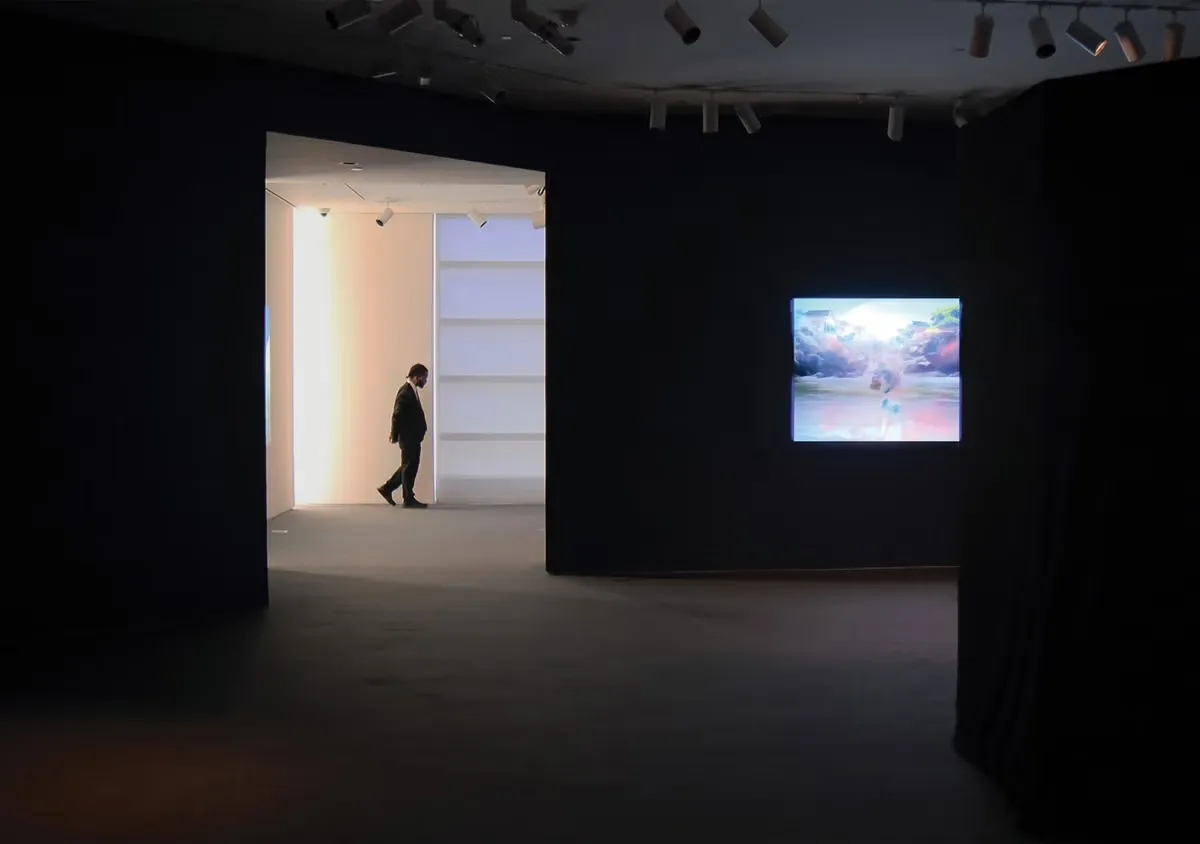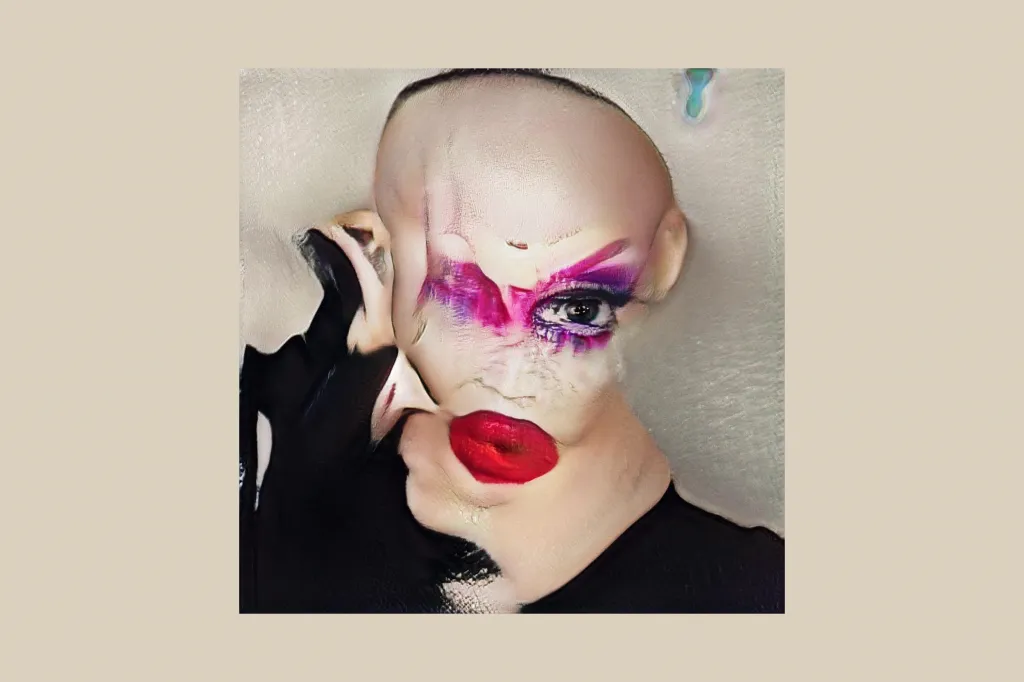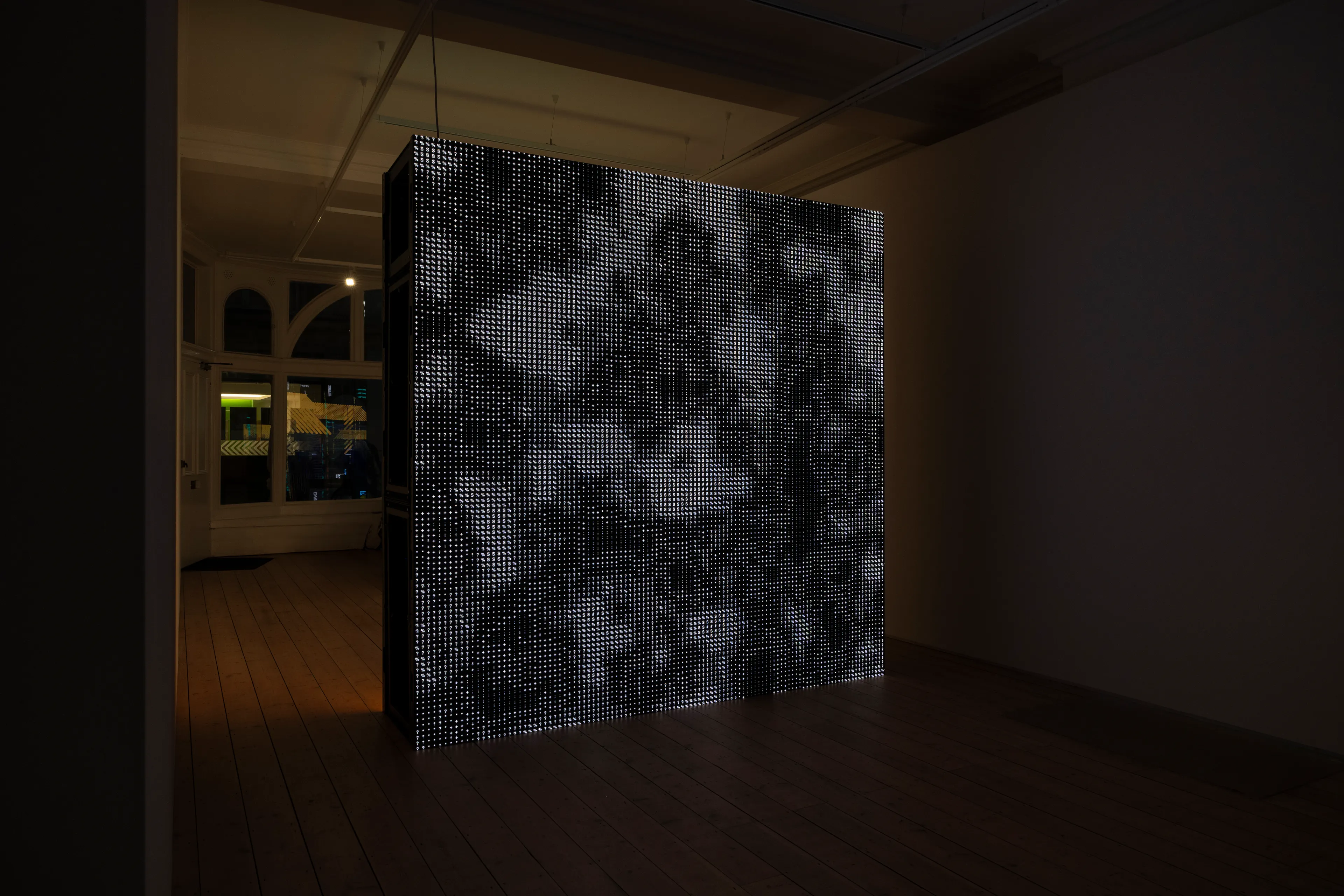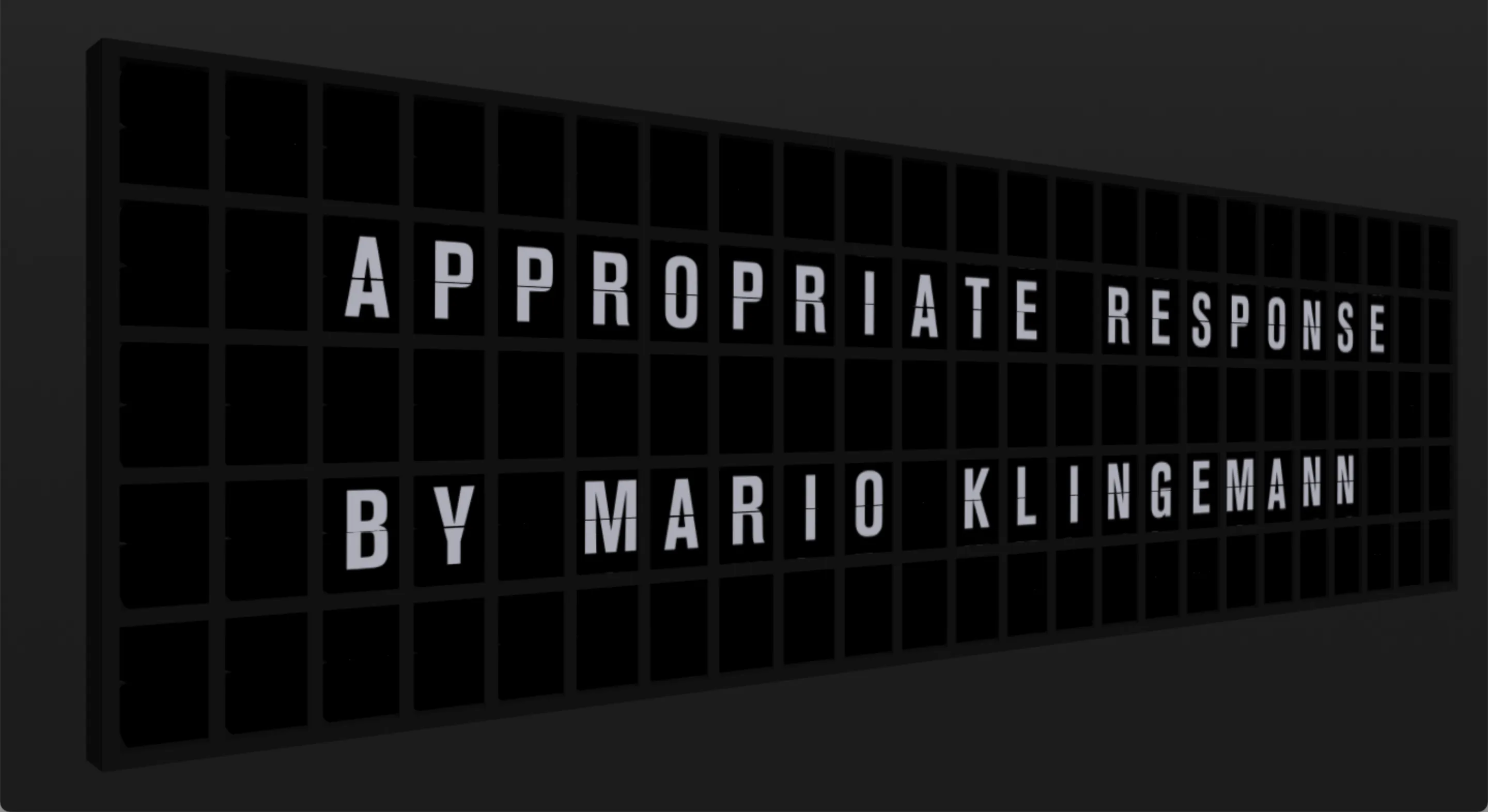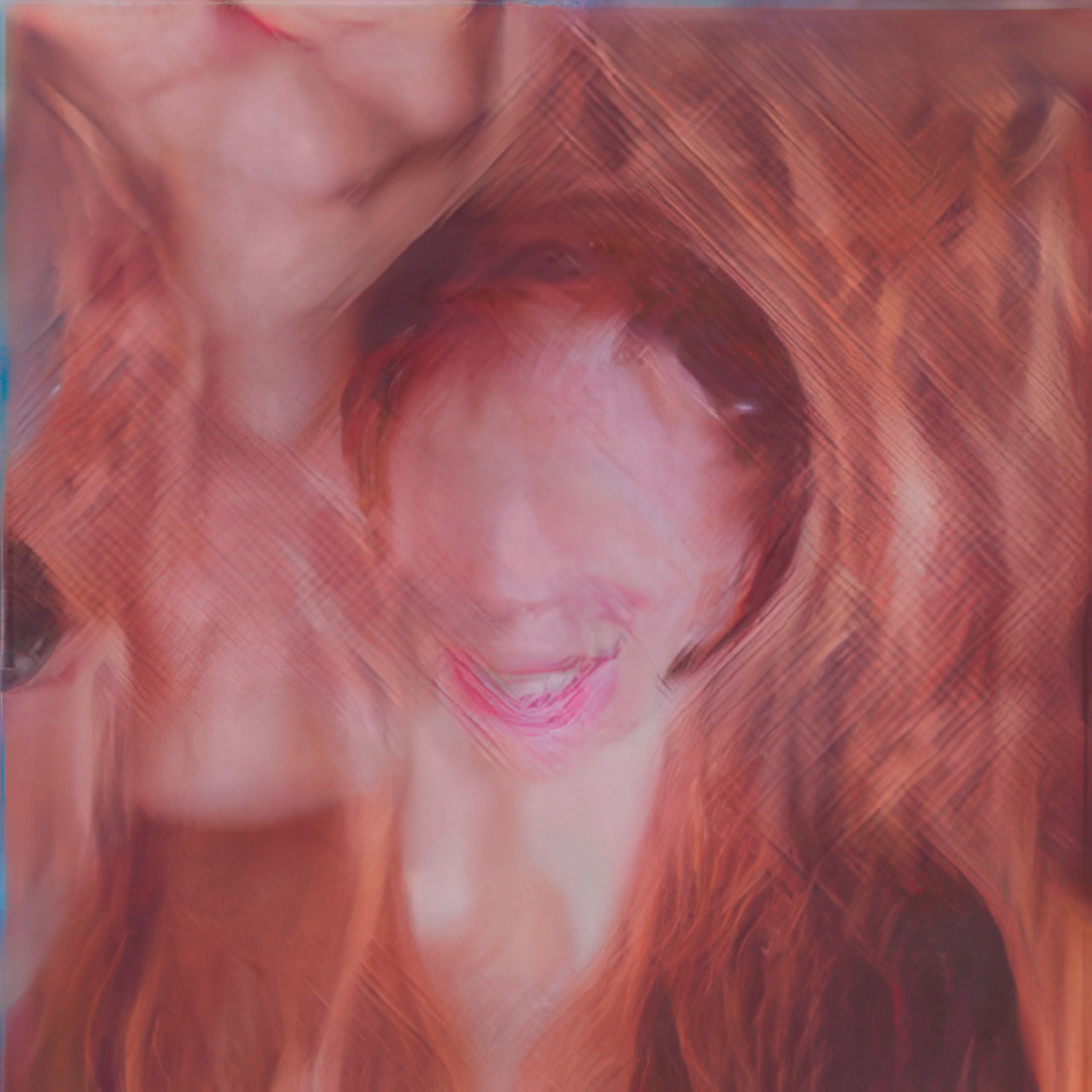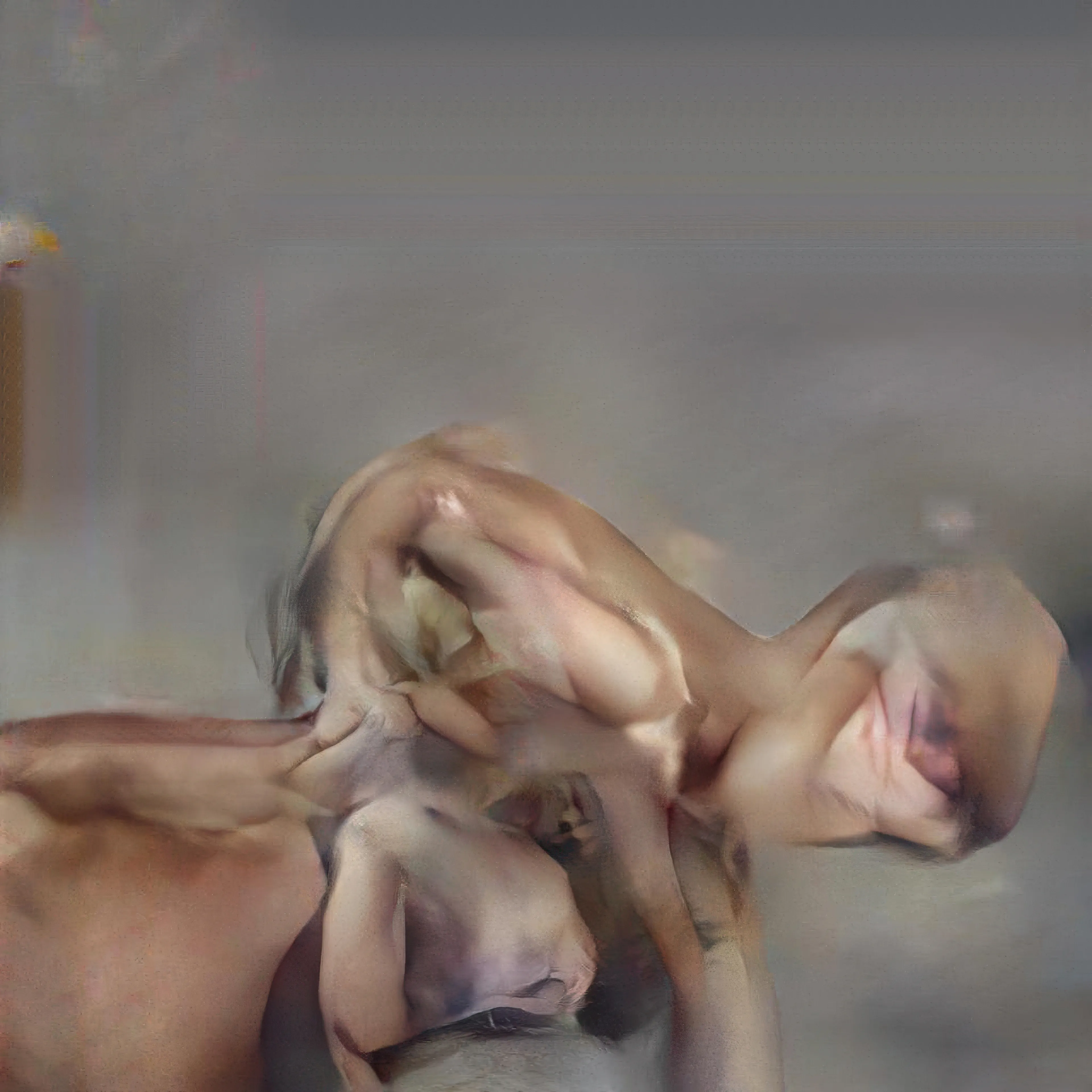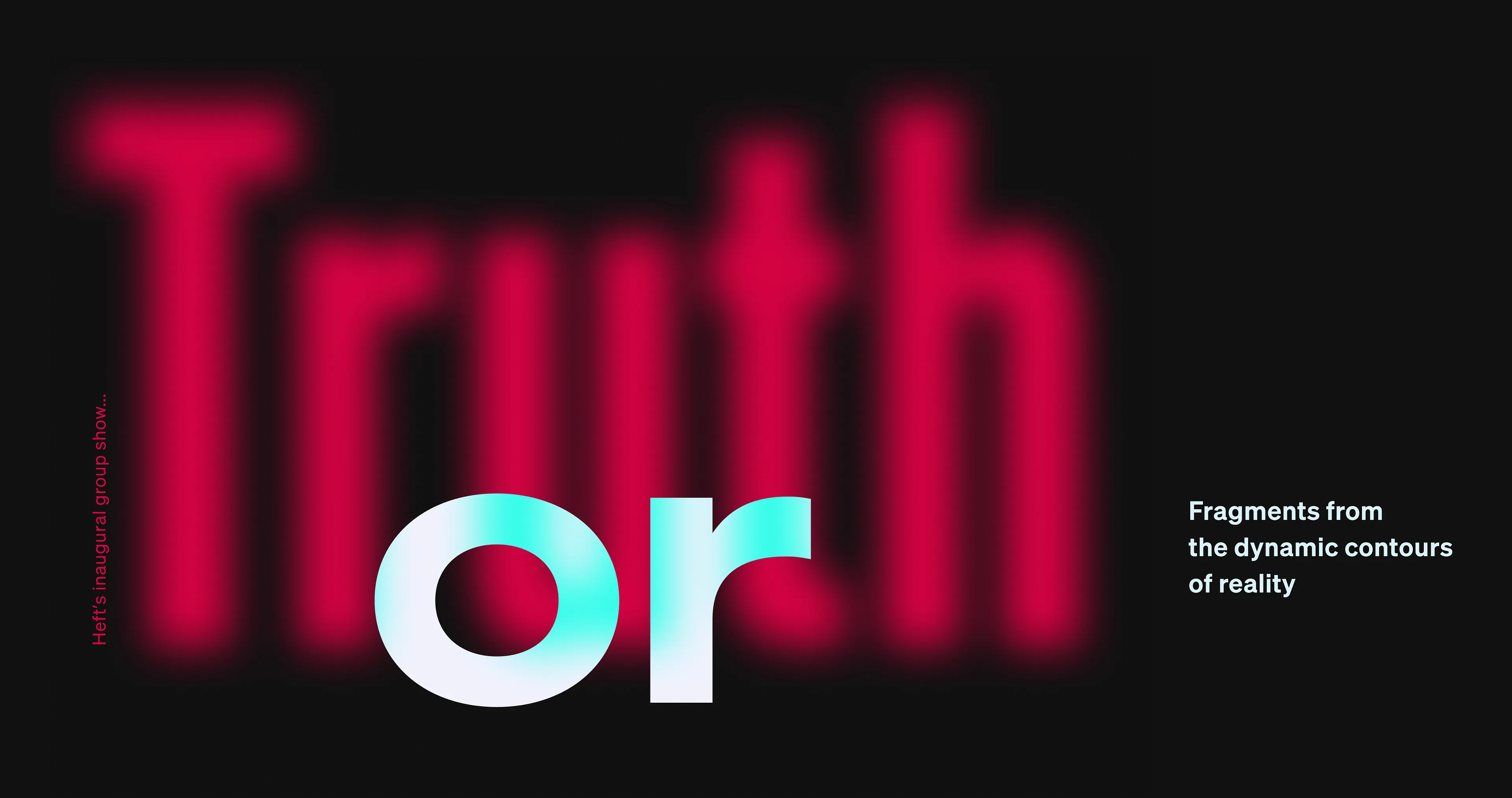In early 2017, amidst a charged political climate in the United States, I created Alternative Face.
The work draws from Kellyanne Conway’s January 22, 2017, appearance on Meet the Press, where she introduced the term “alternative facts” to defend White House claims. That moment, unfolding days after the presidential inauguration, captured a growing unease about truth, media, and public discourse in what was being called the “fake news” era. It prompted me to explore how artificial intelligence could reflect and amplify these tensions.
The piece employs a generative adversarial network (GAN), specifically the pix2pix model, which pairs two neural networks—one generating images, the other refining them through critique. I trained this model on thousands of facial markers derived from music video clips of French singer Françoise Hardy, chosen for her expressive features. In the resulting video, Conway’s face morphs into Hardy’s, her “alternative facts” audio driving the illusion. The effect is uncanny, though coarse by today’s standards, revealing both the potential and the limits of early generative tools.
A key aspect of Alternative Face lies in its technical exploration. Pix2pix was designed for still images, but I extended its use to video—a process I began researching in January 2017. To my knowledge, this work was among the first to apply pix2pix in this way, adapting static image translation to dynamic sequences. The method involved mapping facial landmarks—eyes, nose, mouth—from Hardy’s footage, then using the GAN to project these onto Conway’s face, frame by frame, to sync with her voice.
The political context of 2017 shaped the work’s resonance. Conway’s interview landed when trust in media was fraying, with accusations of distortion swirling across ideological lines. Alternative Face engages this moment, illustrating how visual evidence—once a touchstone of credibility—could be reshaped. By blending two figures from disparate worlds, it underscores the malleability of identity and narrative in digital spaces.
The work also points to broader questions. Created before “deepfake” became a household term, it marks an early step in the evolution of generative media. Pix2pix and similar tools were becoming accessible, enabling convincing manipulations with modest resources. This shift hinted at challenges ahead: misinformation could gain new potency, and the assumed reliability of images—in journalism, law, or memory—faced erosion. Alternative Face quietly suggests a future where fragmented realities and competing truths might deepen divisions, as such tools empower varied agendas.
My intent was to invite scrutiny, not just of the technology but of our relationship to what we see. Alternative Face asks viewers to question the authority of images in an age of synthetic media. As generative systems advance, the need for critical media literacy grows—a thread that runs through this work and remains vital today.
—
Unique (+AP) video work
256 x 256 px. with runtime of 2:17
Fabricated monolith with 34” square display integarted
Signed
This token represents the ownership over the unique, original video and installation, to be received by the token holder. The original purchaser of this artwork will receive the physical framed print, with shipping paid by the collector. Upon resale, the accompanying physical work shall be shipped to the new owner at their cost.
